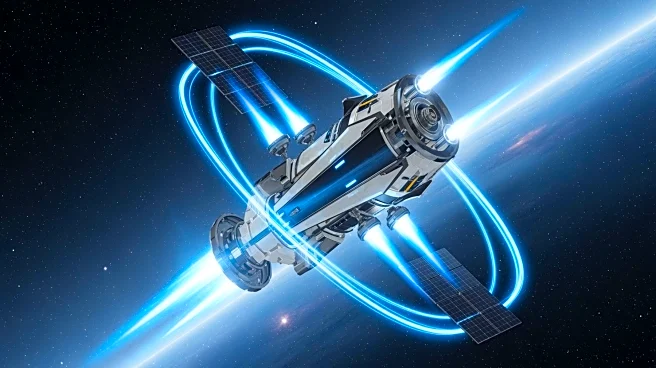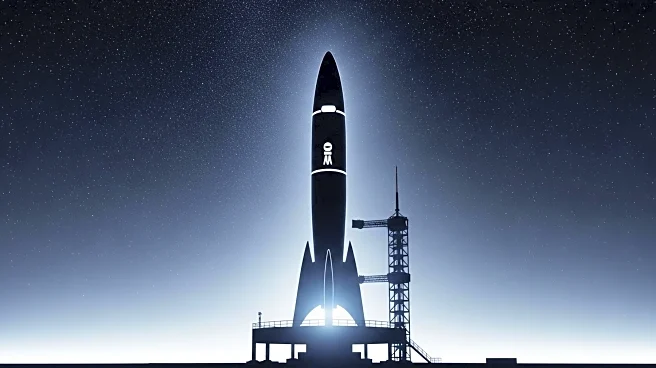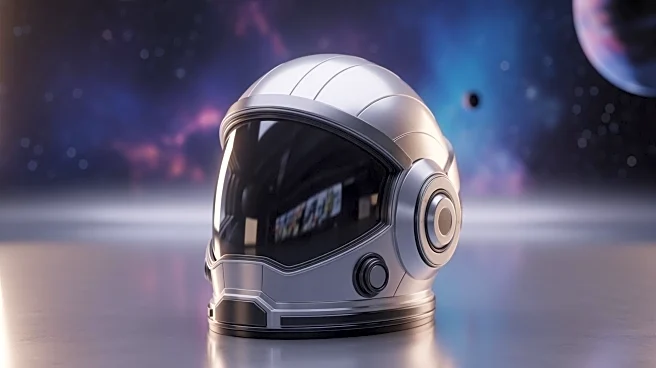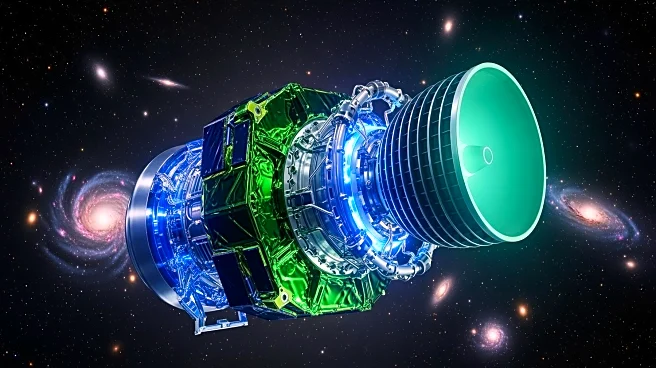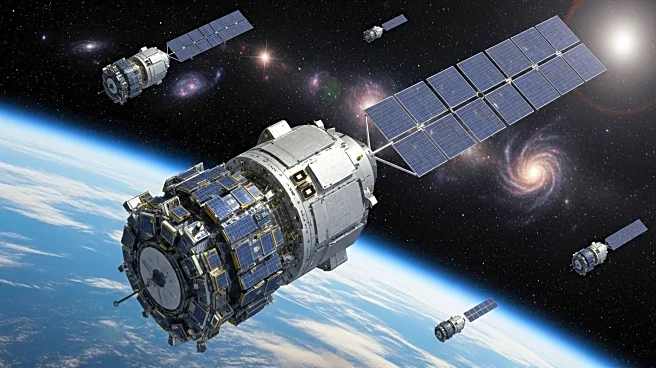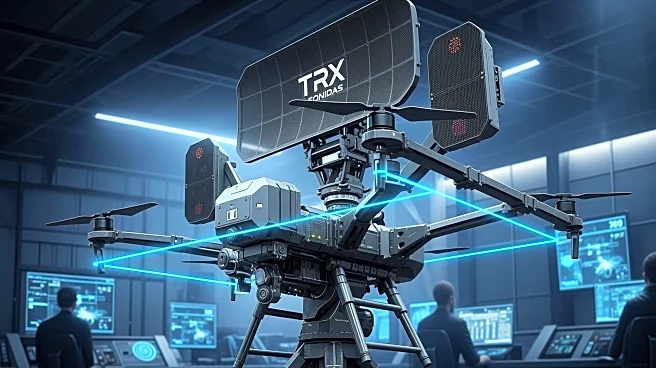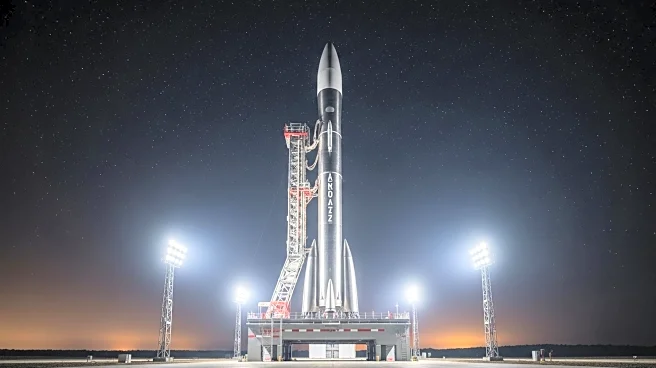What's Happening?
Viridian Space Corporation has been awarded a $1.7 million Phase II Small Business Innovation Research (SBIR) contract by the Defense Department. This funding is aimed at advancing the development of air-breathing
propulsion technology for satellites operating in Very Low Earth Orbit (VLEO). The technology allows satellites to utilize oxygen from the upper atmosphere as fuel, enabling them to remain in orbit longer and maneuver without the traditional fuel constraints. This capability is particularly advantageous for national security space missions, as it allows for better imaging and lower-latency communications. The propulsion system also offers military planners the ability to reposition satellites more freely, making them harder to detect and track.
Why It's Important?
The development of air-breathing propulsion technology represents a significant advancement in satellite operations, particularly for national security purposes. By enabling satellites to stay in VLEO longer and maneuver without fuel limitations, the technology could enhance the U.S. military's strategic capabilities in space. This could lead to improved surveillance, communication, and operational flexibility. Additionally, the technology has potential commercial applications, particularly in the communications sector, which could benefit from the enhanced capabilities of satellites operating in VLEO. The contract underscores the Defense Department's commitment to leveraging innovative technologies to maintain a competitive edge in space.
What's Next?
Under the AFWERX SBIR contract, Viridian plans to assemble and test the propulsion system on the ground over the next two years. The company aims to conduct partial space testing of the technology by 2027, with a full on-orbit demonstration to follow. This timeline suggests that the technology could be operational within the next decade, potentially transforming satellite operations for both military and commercial applications. The success of these tests will be crucial in determining the viability and future deployment of air-breathing propulsion systems in space.
